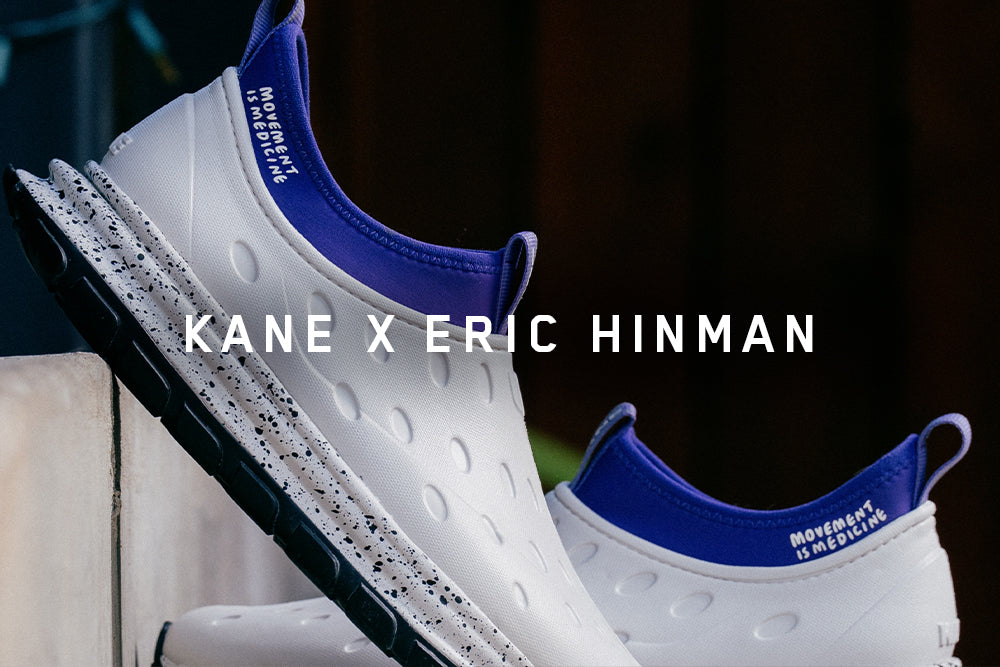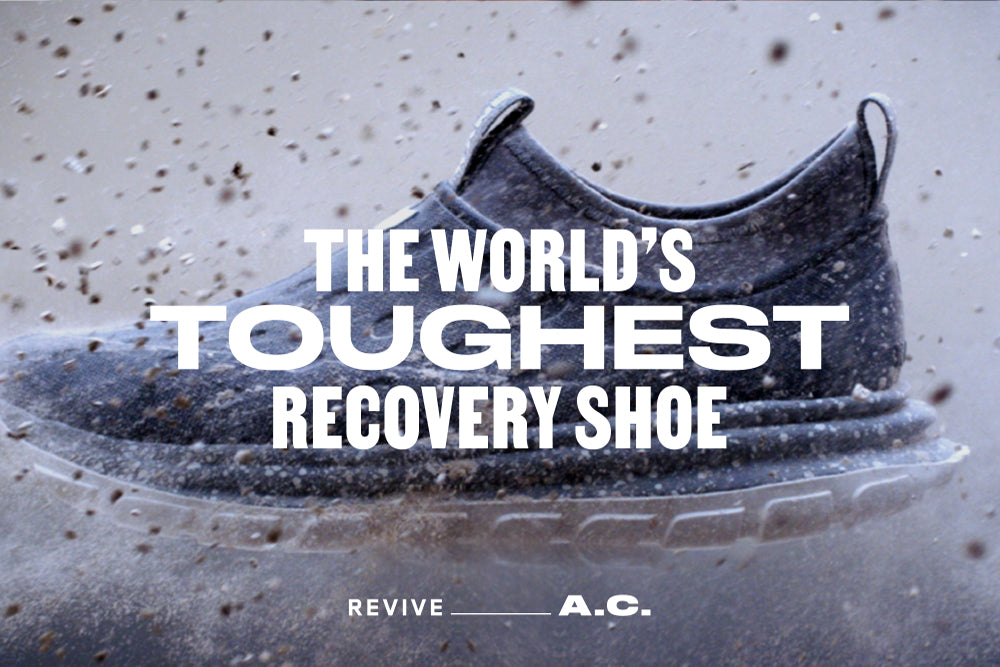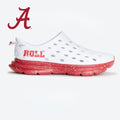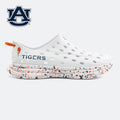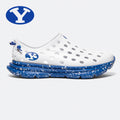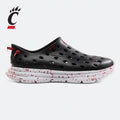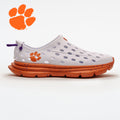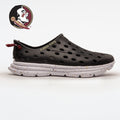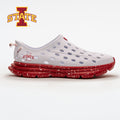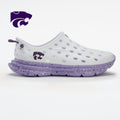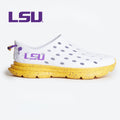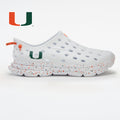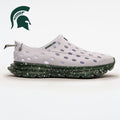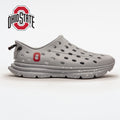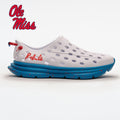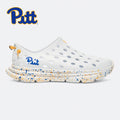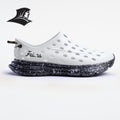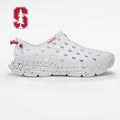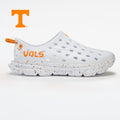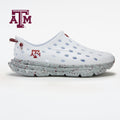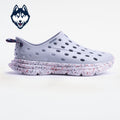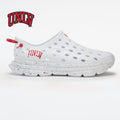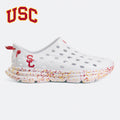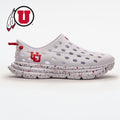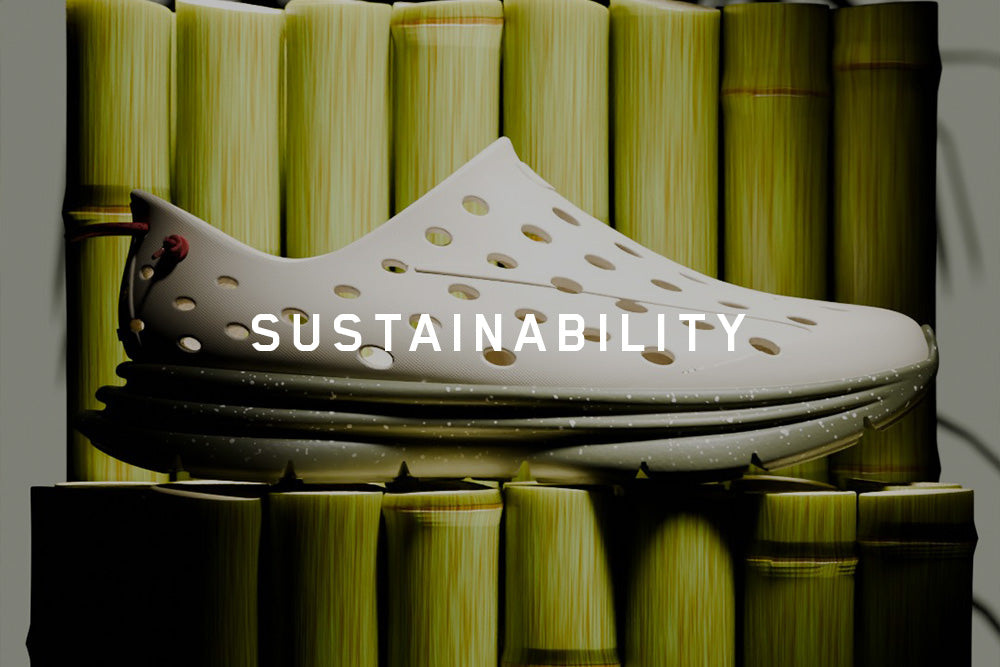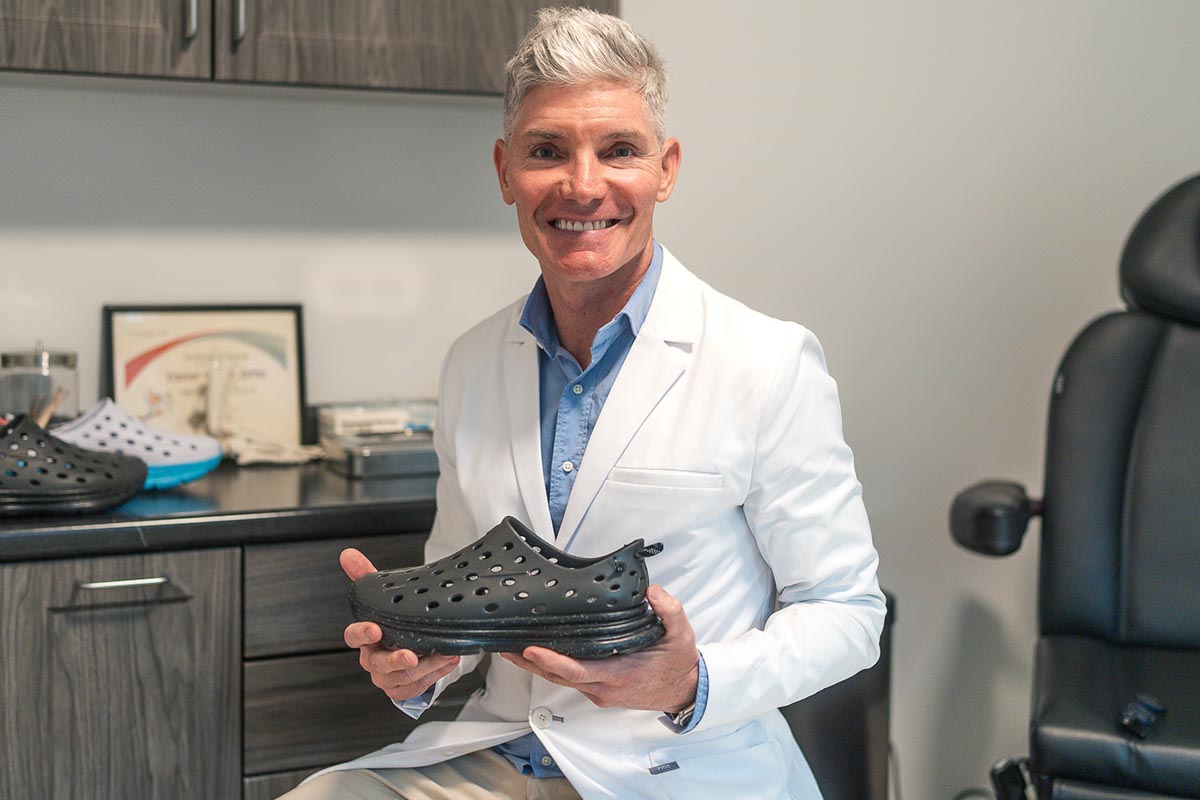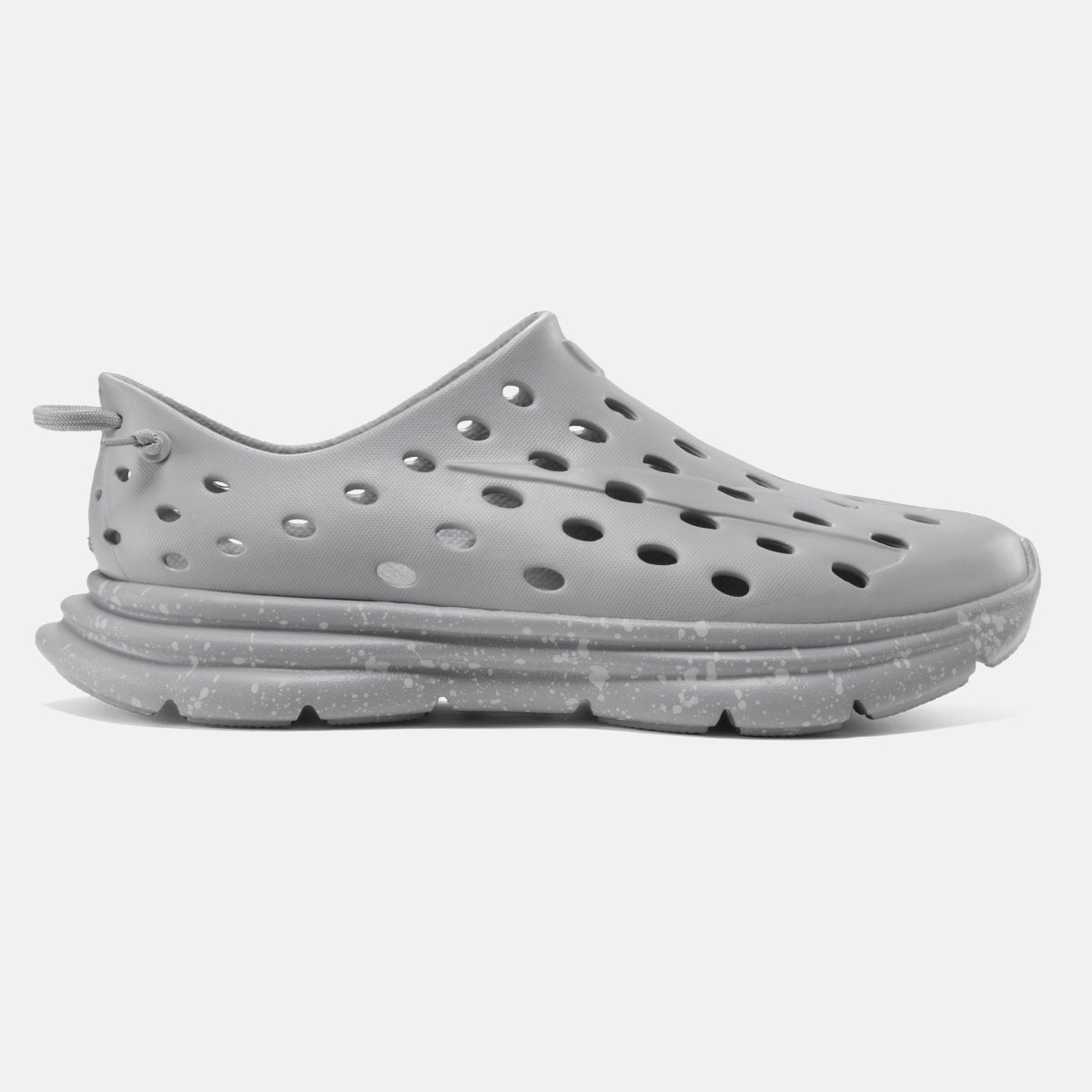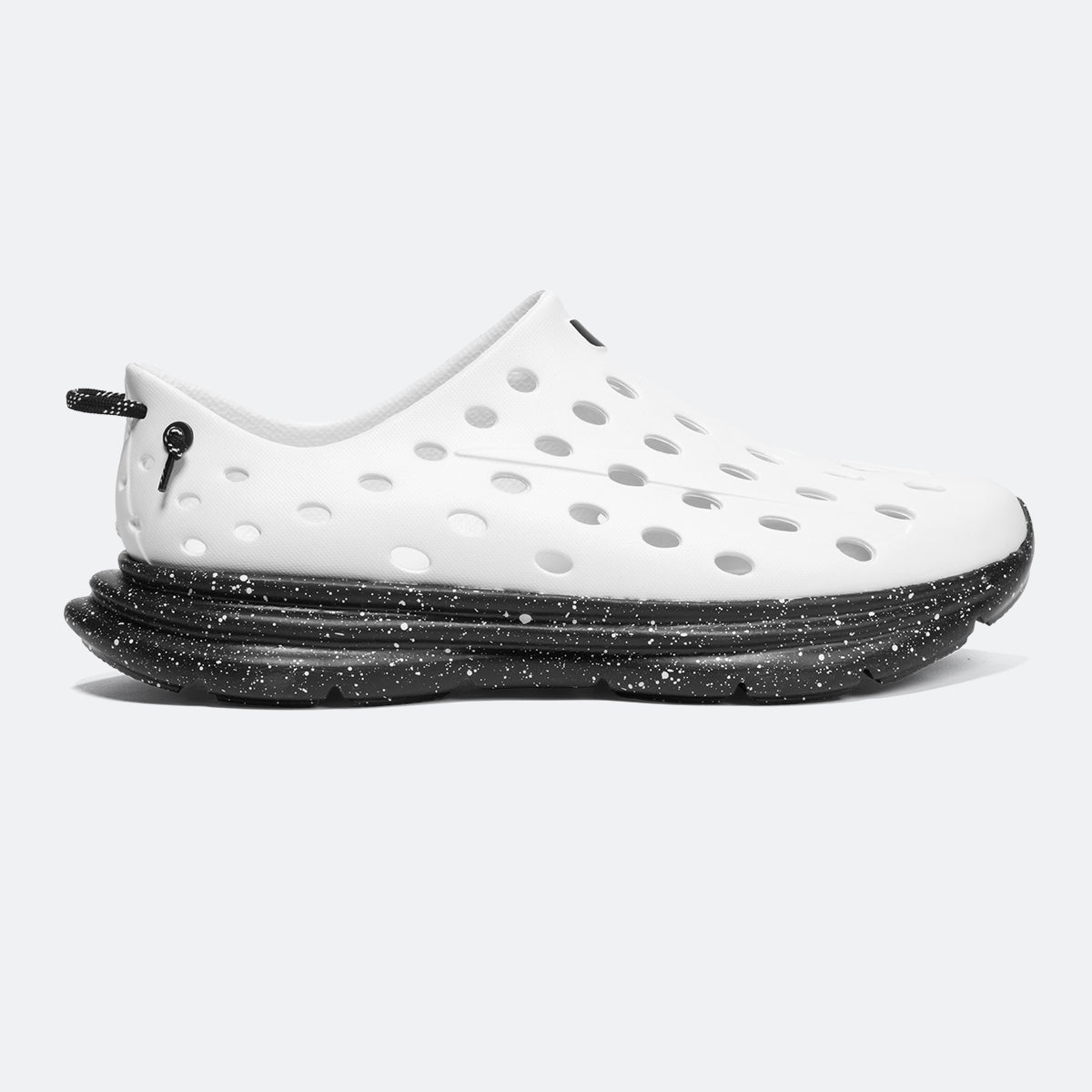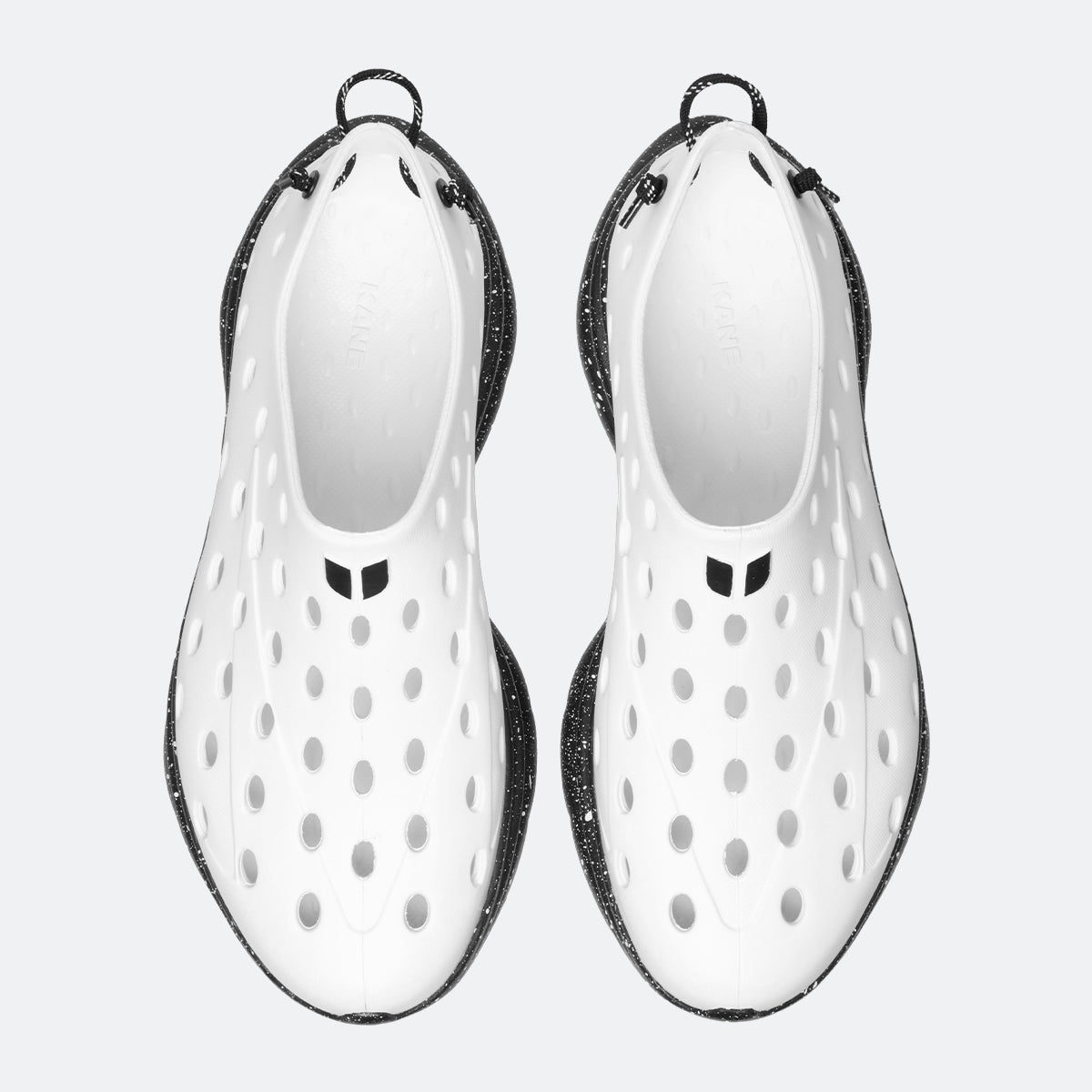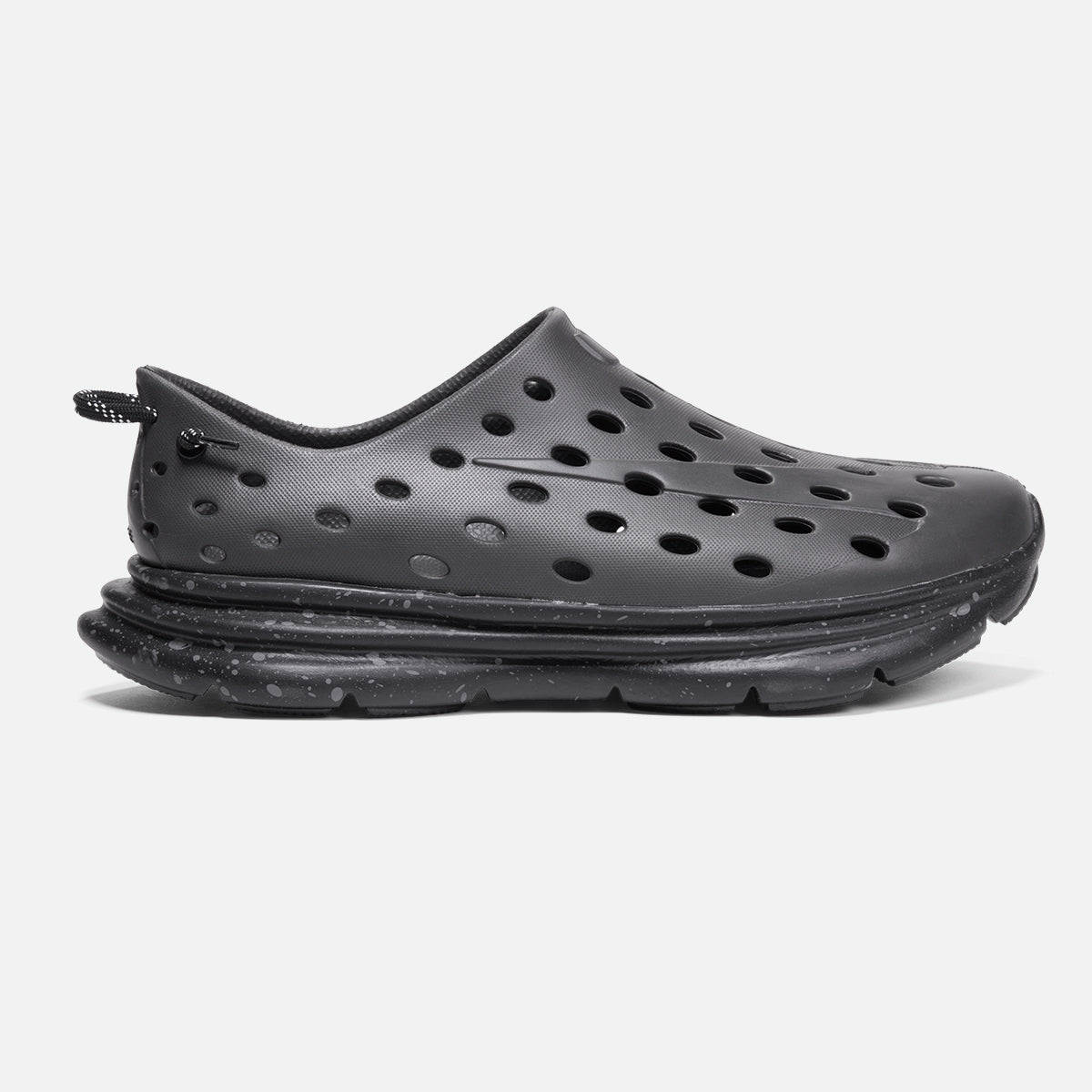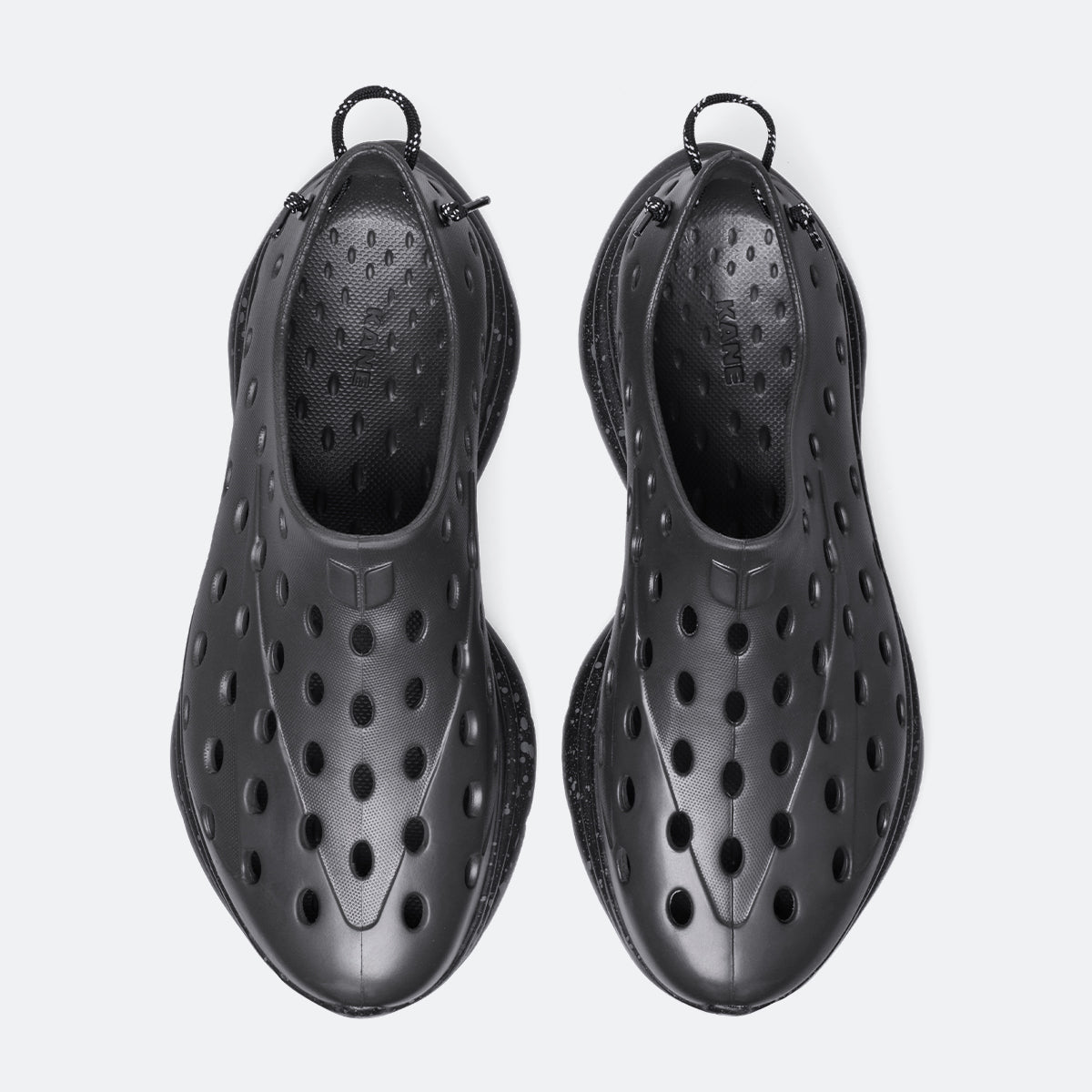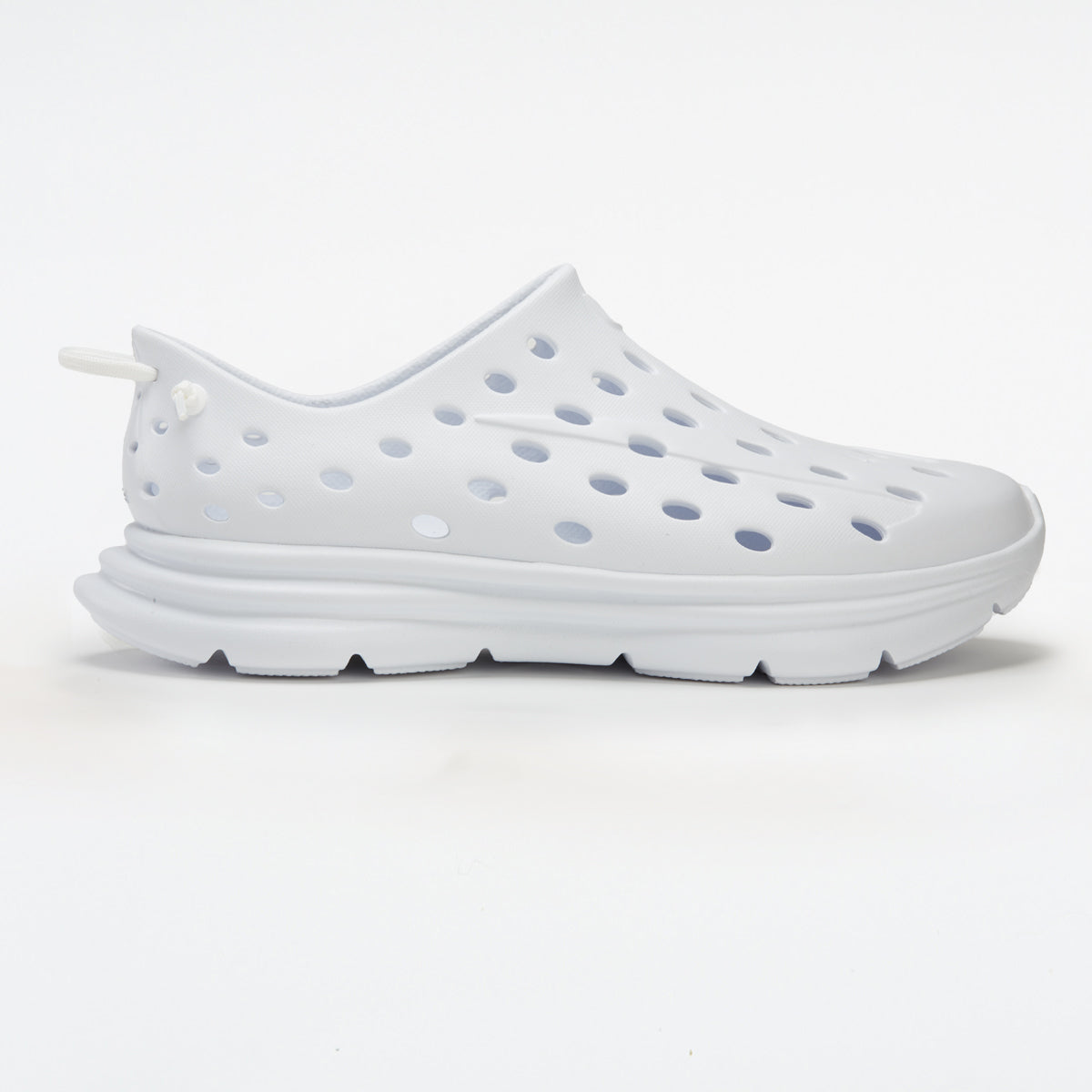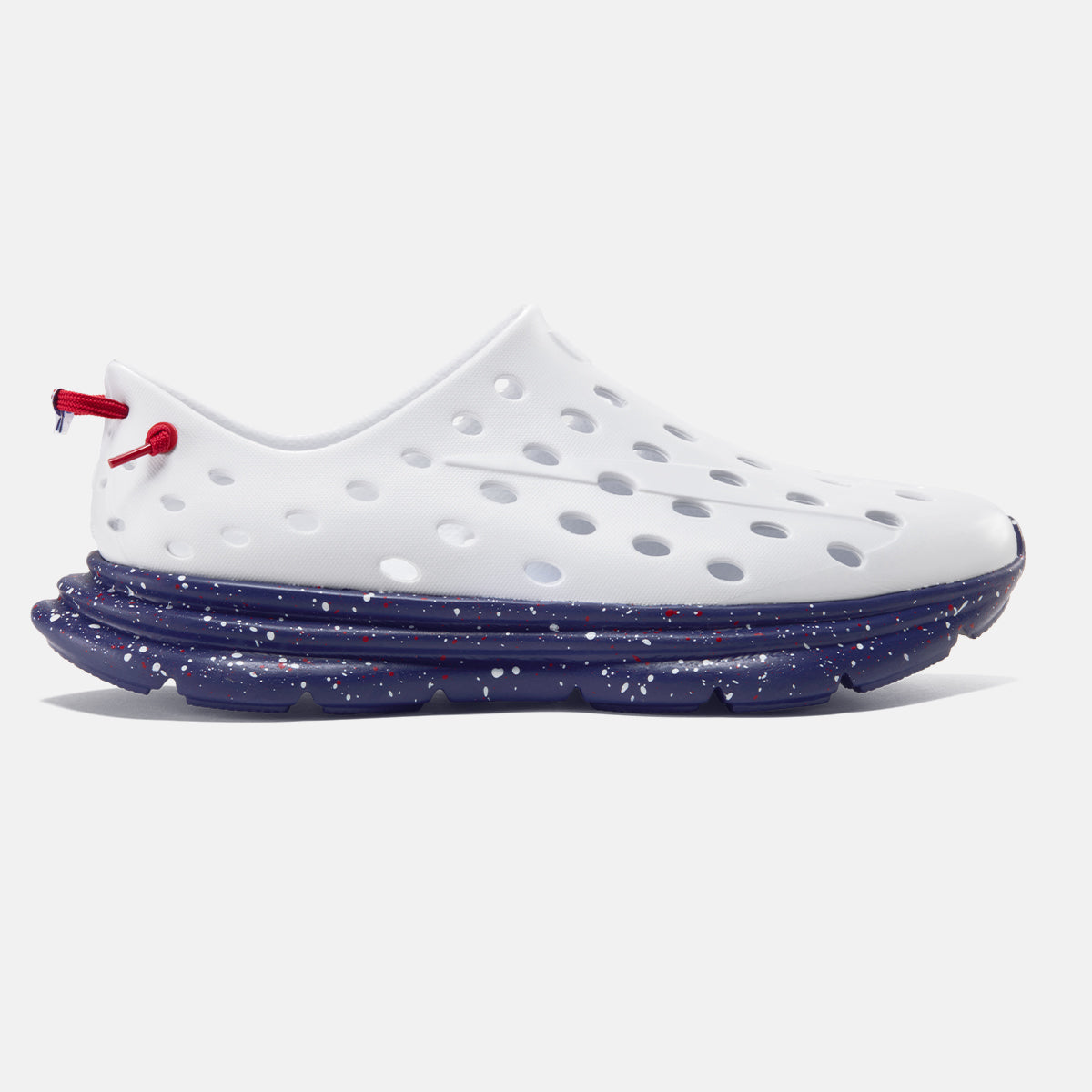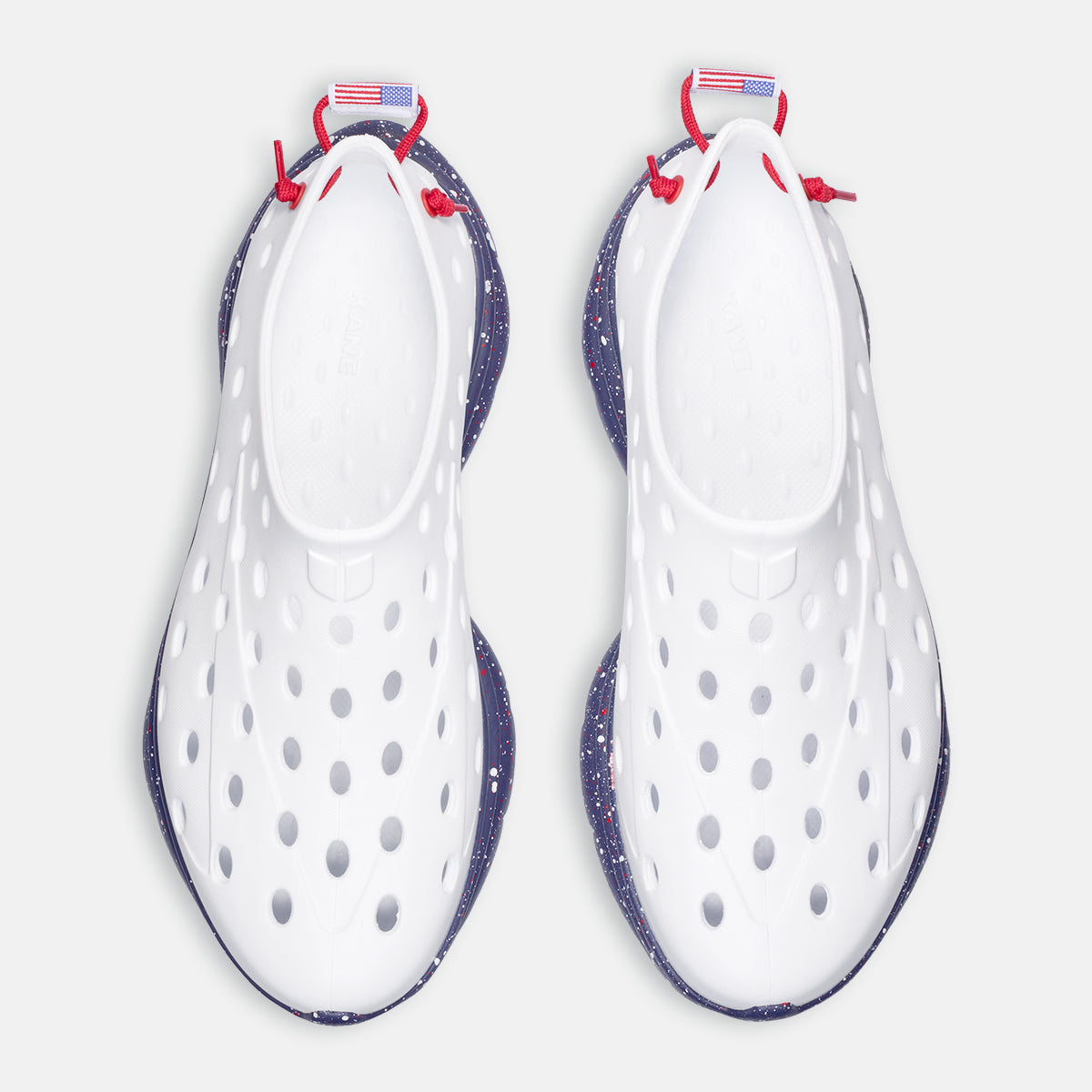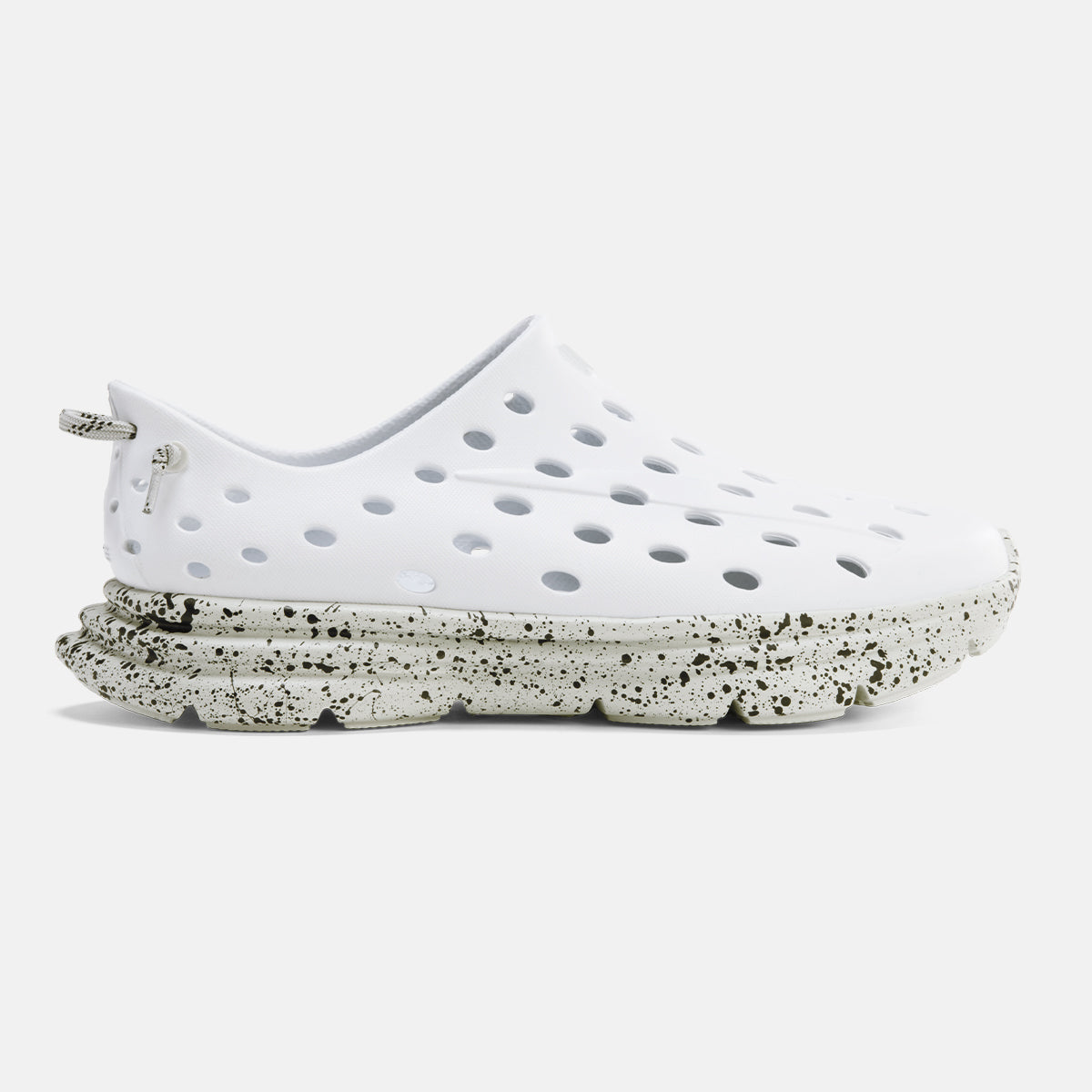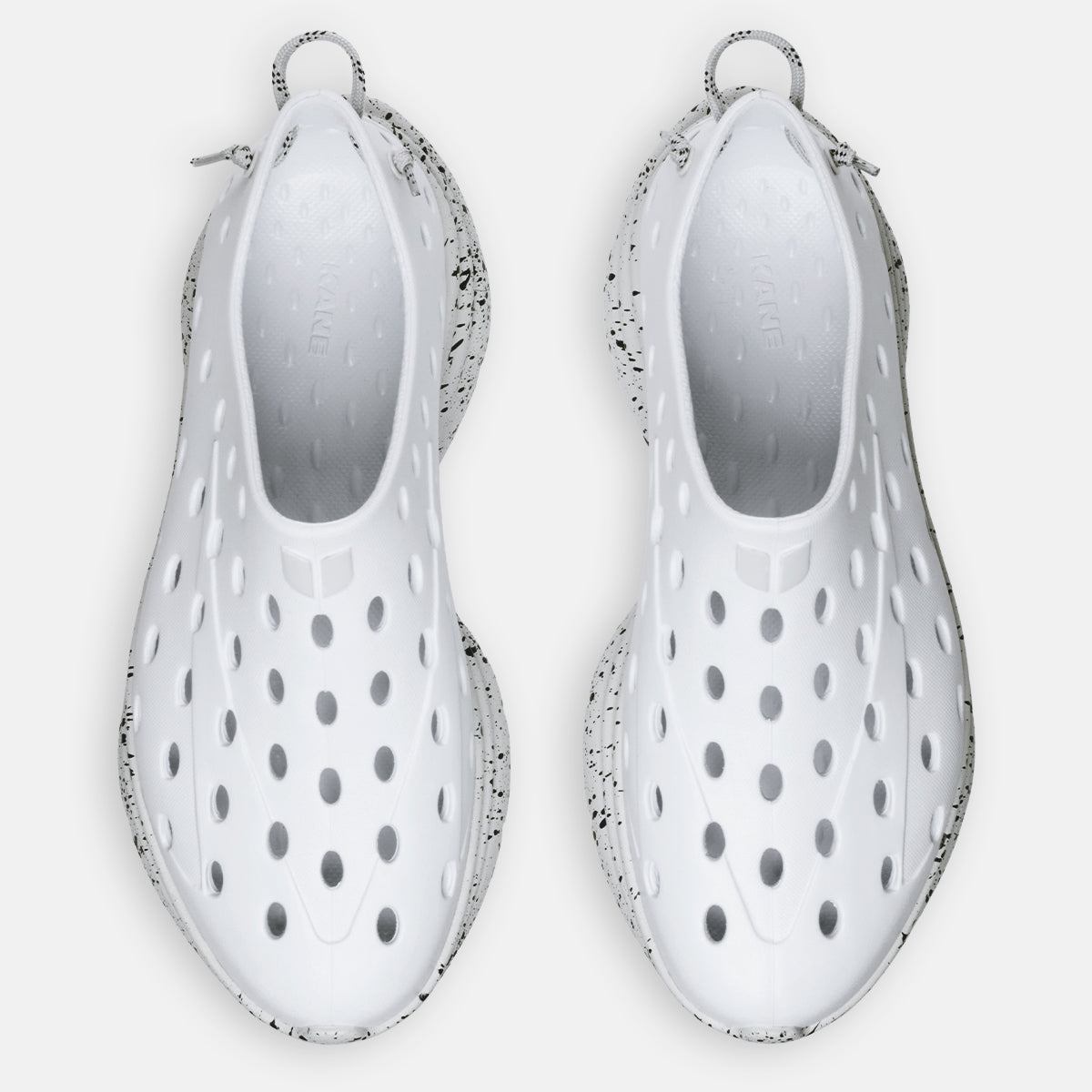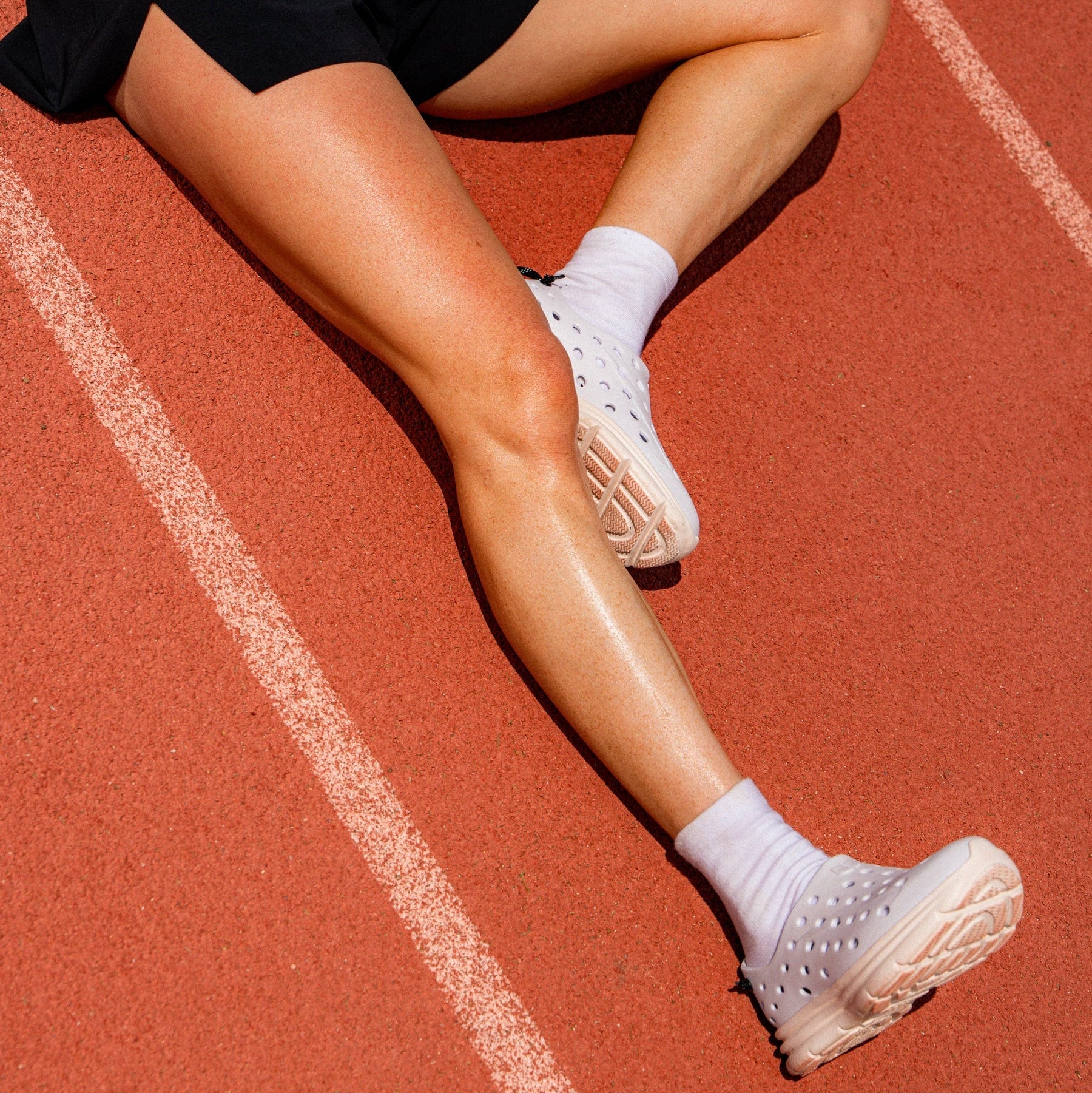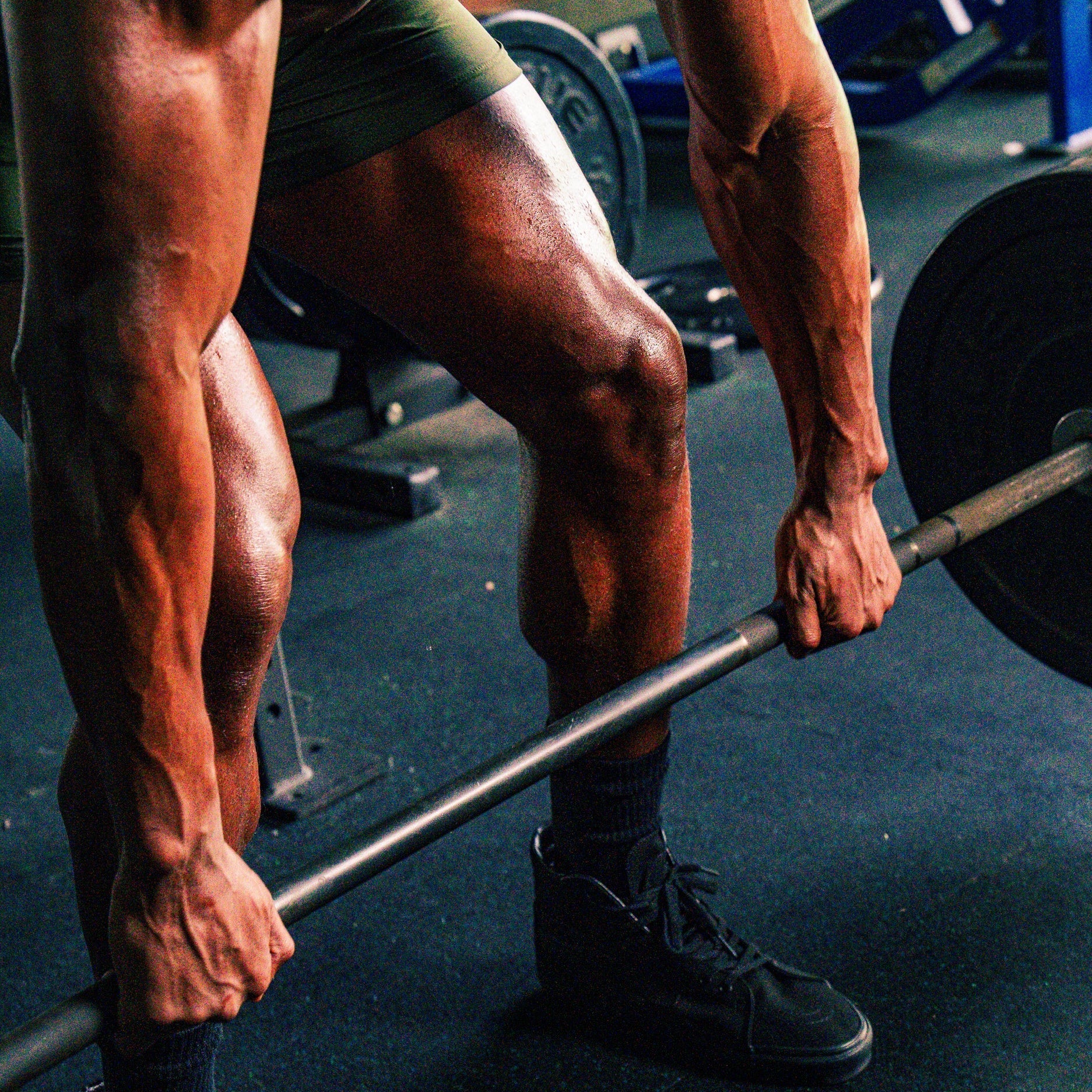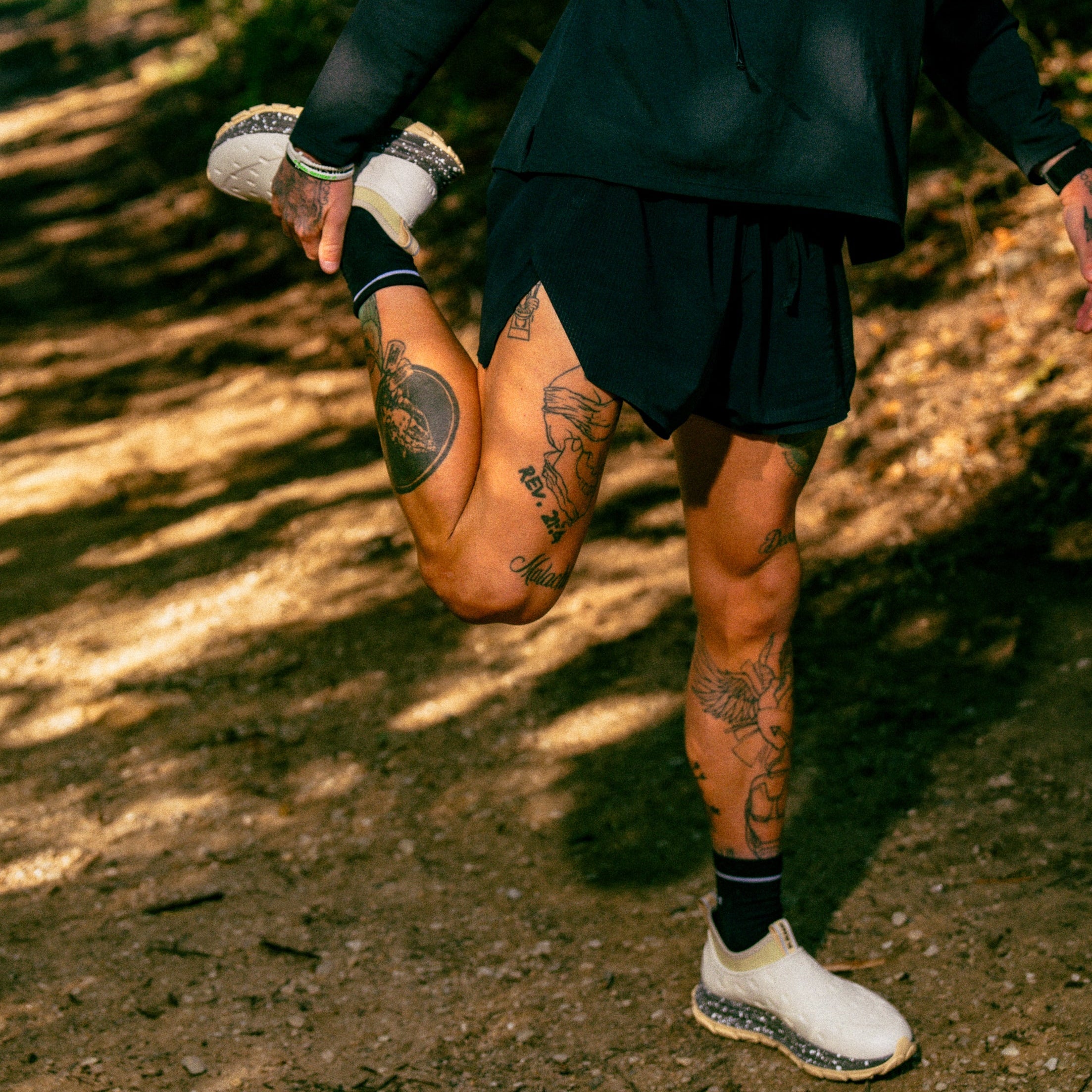Running is a cheap and effective form of exercise, but it can be hard on the body, especially if you don’t take steps to protect your joints from the high impact of running on concrete and asphalt.
As with any exercise, it is not uncommon for runners to experience various aches and pains. However, runners are especially susceptible to foot pain, whether it’s along the side, heel, or top of the feet.
There are many different types of injuries and explanations for pain along the top of your foot and in this blog post, we’ll dive into the main ones. We’ll also provide some tips to help you both avoid and treat pain along the top of your foot after running.
Foot pain: A common problem for runners
Runners are prone to foot injuries due to the repetitive and high-impact nature of running. Here’s a full list of reasons why foot pain can be so common in runners:
- Repetitive impact: Running involves repetitive impacts on the feet, which can put stress on the bones, joints, and soft tissues.
- Overuse: Runners often push themselves too hard or increase their training volume too quickly.
- Poor running technique: Running with improper form or technique can put undue stress on the feet.
- Footwear: Wearing shoes that are worn out, improper running shoes, or do not fit properly, can increase the risk of foot injuries in runners.
- Inadequate warm-up and cool-down: Failing to warm up properly or cool down after running can increase the risk of injury.
- Terrain: Running on uneven or hard surfaces, such as concrete or asphalt, can increase the risk of foot injuries.
- Biomechanical factors: Certain biomechanical factors, such as flat feet or overpronation, can increase the risk of foot injuries in runners.
Pain in the feet can be challenging to pinpoint
It can be complicated to pinpoint the source of foot pain, including pain along the top of your foot, for several reasons, including:
- Multiple bones, joints, and soft tissues: The feet contain many bones, joints, muscles, tendons, and ligaments, which can all contribute to pain. Identifying the specific structure that is causing the pain can be difficult.
- Overlapping pain patterns: Pain in the feet can be referred from other areas of the body, such as the lower back, hips, or knees, making it challenging to pinpoint the exact location of the pain.
- Nerve involvement: Nerve pain can be difficult to localize and can often be felt in multiple areas of the feet.
- Different types of pain: Pain in the feet can be sharp, dull, achy, burning, or tingling, and different types of pain can indicate different underlying causes.
- Individual variations: Every individual has a unique anatomy, and the way their feet are structured and function can vary greatly, making it difficult to generalize and diagnose foot pain.
To accurately identify the source of foot pain, a thorough medical history and physical exam, including imaging tests such as X-rays or MRI, may be necessary. Additionally, it is important to consider your lifestyle, footwear, training routine, and other factors that may contribute to the pain. In complex cases, a multidisciplinary approach involving podiatrists, orthopedists, physical therapists, and other specialists may be necessary to accurately diagnose and treat foot pain.
Top causes of pain on the top of the feet in runners
Tight or ill-fitting shoes
It is important to select properly fitting athletic shoes that work with your running gait. Whether you pronate or supinate, or have flat feet or high arches, your footwear choice can help or hinder. It’s also important to replace your running once they become worn out.
The area of the shoe that covers the front and top of the foot is known as the "vamp." Irritation of the skin on top of the foot in this area is commonly referred to as vamp disease.
This condition can arise when running shoes fit too tightly and can often be resolved by simply loosening the laces. Any pain caused by vamp disease should typically subside quickly once the inflammation has dissipated.
Overtraining
Pushing yourself too hard is never a good idea—your body will generally let you know what you’ve been too hard on it and aches and pains of any kind - including along the top of the feet - are a good sign that you’re due a rest day, or two.
When training, make sure you start small and gradually increase the intensity and/or duration of training. Always take rest days and do things to help your body recover (Epsom salt baths, registered massage therapy, etc.)
Extensor tendonitis
Extensor tendonitis is a common overuse injury among runners. It’s a condition characterized by inflammation or irritation of the extensor tendons that run along the top of the foot and allow the toes to be lifted.
The main symptom of extensor tendonitis is pain and tenderness along the top of the foot, particularly near the ankle and the base of the toes. The pain may be worse with movement or when pressure is applied to the affected area.
Treatment for extensor tendonitis typically involves rest, ice, compression, and elevation of the affected foot to reduce inflammation and pain. Non-steroidal anti-inflammatory drugs (NSAIDs) may also be recommended to help manage pain and swelling.
Physical therapy may be beneficial in helping to strengthen the muscles and tendons of the foot and prevent future injury. In severe cases, immobilization in a cast or walking boot may be necessary to allow the tendon to heal.
Metatarsal stress fractures
A metatarsal stress fracture is a small crack or break in one of the long bones in the foot known as the metatarsals. There are five metatarsal bones that run from the midfoot to the base of the toes. Stress fractures typically occur in the second and third metatarsals, although they can occur in any of the metatarsals.
The main symptom of a metatarsal stress fracture is pain and tenderness along the affected bone, usually on the top of the foot. The pain may be worse with weight-bearing activities and may improve with rest. Swelling and bruising may also be present.
Bone spurs
Bone spurs (also known as osteophytes) are bony growths that develop on the edges of bones. They can occur in any bone in the body but are most often found in the joints and in areas where there is significant stress or pressure on the bones, such as the feet.
In the foot, a bone spur may develop on the top or underside of the foot, and can cause pain and discomfort. On the top of the foot, a bone spur can press on nerves or other soft tissues, leading to pain, swelling, and tenderness.
Arthritis
Arthritis is a condition that causes inflammation and degeneration of joints throughout the body, including the joints in the feet. Osteoarthritis, the most common type of arthritis, can cause pain and stiffness in the joints of the foot, including the top of the foot. This can occur due to wear and tear on the joints over time or due to a previous injury.
How to avoid and treat pain on the top of your feet
While pain on the top of your feet is a common problem for runners there are steps you can take both to mitigate and treat pain:
Train up gradually and invest in good running shoes
Runners can also take steps to prevent foot pain and injury by gradually increasing mileage, wearing shoes that are properly cushioned and supportive, and incorporating stretching and strengthening exercises into their routine.
Make sure your running shoe laces aren’t too tight
Laces shouldn't exert too much pressure on the top of the feet. When tying the laces on your running shoes, make sure they are firm but not tight. Think of the feeling of a car seat belt as a reference: You want to feel securely held in place but not uncomfortable.
Take adequate rest days
Rest days are an essential part of any training program for runners, especially when it comes to preventing foot pain and injury. Rest days allow the feet and other muscles and tissues in the body to recover and repair from the stress and impact of running. This can help to reduce inflammation and soreness, which can lead to foot pain if left unchecked. Additionally, rest days give the body time to rebuild and strengthen muscles, which can help to prevent future injury.
Use RICE therapy
RICE therapy is a common first-aid treatment used to help reduce pain, swelling, and inflammation following an injury or surgery. RICE stands for Rest, Ice, Compression, and Elevation.
- Rest: refers to avoiding any activities that may further aggravate the injury.
- Ice: involves applying a cold pack or ice pack to the affected area for 15-20 minutes at a time, several times a day. Ice helps to reduce pain and inflammation by constricting the blood vessels and limiting blood flow to the affected area.
- Compression: involves using a bandage or wrap to compress the affected area, which helps to reduce swelling and limit the accumulation of fluid in the tissues.
- Elevation: means keeping the affected area elevated above the level of the heart, which helps to promote drainage of fluids and reduce swelling.
Explore orthotics
Orthotics are custom-made shoe inserts designed to address specific foot problems and improve foot function. If foot pain is caused by a biomechanical issue, such as overpronation or supination, orthotics can help correct the foot's alignment and provide additional cushioning to reduce stress on the top of the foot.
Warm-up and cool-down
Warming up and cooling down are essential for runners. They can help to prevent foot pain and injury by preparing your body for exercise and aiding your recovery after exercise.
Warming up before running helps to increase blood flow to muscles, which can improve flexibility and reduce the risk of injury. Cooling down after exercising helps to bring the body can reduce soreness and stiffness in the feet and other muscles.
Avoid running on hard surfaces
Running on hard surfaces, such as concrete or asphalt, can cause foot pain. The hard and unforgiving surface can increase the shock and impact forces that travel through the feet and legs with each step. This can cause microtrauma to the bones, muscles, and other tissues in the feet, leading to pain and inflammation.
To minimize foot pain when running on hard surfaces, it is important to wear properly cushioned and supportive shoes that are designed for running. Runners can also try to vary their running surfaces, incorporating softer surfaces such as:
- Grass
- Dirt trails or paths
- Athletic tracks
- Treadmill
- Sand
Try Kane Recovery Shoes
The Kane Revive shoe provides superior cushioning coupled with precise biomechanics. The proprietary blend of EVA, a 10mm heel raise, and arch support ensure an easy transfer from heel to toe, allowing foot and leg muscles to recover. Check them out here.
When you should see a doctor
Overall, it's important for runners to gradually increase their training volume, wear proper footwear, maintain good form, and take steps to prevent injuries, such as warming up and cooling down properly and incorporating strength and flexibility exercises into their training routine.
However, there are times when you should simply see a doctor:
If pain is severe (limiting movement, interrupting sleep)
If the pain is sharp and sudden/unfamiliar or it lasts for many days, you can’t go wrong making a doctor’s appointment. Because the foot is so complex, there can be many explanations of what’s causing heel pain (we’ll go over some of the most common concerns next.) And the tests required to identify the cause can range from a physical examination/palpation to an X-ray, MRI, or Ultrasound.
If you suspect a stress fracture
It's important to see a doctor if you suspect a stress fracture in the foot because stress fractures can worsen over time if left untreated, leading to more severe pain and potential long-term damage. Treatment for a stress fracture typically involves rest, immobilization of the foot, and gradual return to activity under the guidance of a medical professional. In some cases, surgery may be necessary.


